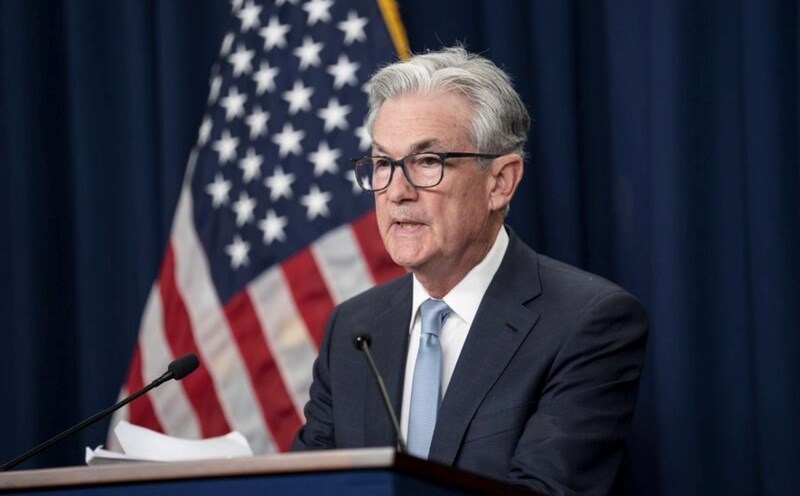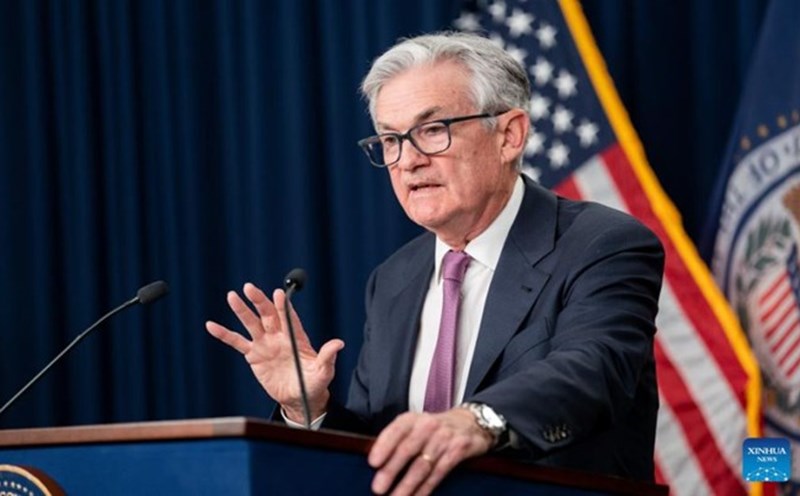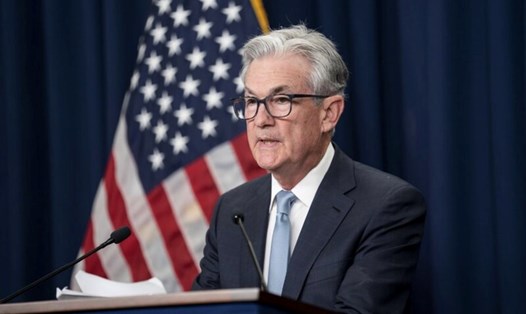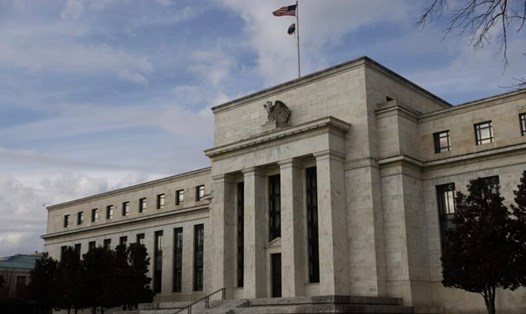On October 29, the US Federal Reserve (Fed) decided to cut the basic interest rate by 0.25 percentage points, a move that the market predicted. However, the decision shows deep division within policymakers and comes in an unusual context: The lack of important economic data as the federal government remains closed.
Accordingly, the Fed's target interest rate was lowered to a range of 3.75% - 4.00%. This decision was opposed by 2 voters. Fed Governor Stephen Miran continues to stress the need for further rate cuts, while Kansas City Branch Fed President Jeffrey Schmid wants to keep rates unchanged due to concerns about inflation. Since 1990, this is the third time the Fed has seen internal division.
The main reason for the interest rate cut is to prevent the weakening of the US labor market, which is showing signs of losing momentum, causing the Fed to worry. However, the Fed itself admitted that it was difficult to make decisions when there was no updated data from the government. The Fed's policy statement must cited unemployment data from August and can only rely on "assisted indicators" to determine that the economy is still growing moderately.
Along with the interest rate cut, the Fed also announced an important adjustment to the accounting balance sheet: From December 1, the Fed will start buying back short-term US Treasury bonds using the proceeds from maturing mortgage-backed securities (MBS).
The goal of this move is to keep total assets unchanged but pump more cash into the financial system, solving the recent interest rate tensions in the currency market. The Fed stressed that this is just a technical adjustment, not a new monetary easing package.
Fed Chairman Jerome Powell is expected to hold a press conference later to explain more clearly. Currently, the US economy is sending mixed signals: Business investment is still strong but the pace of job creation is slowing down. Inflation, although not as strong as initially predicted after the new tax policies of the Trump administration, is still above the Fed's 2% target.
The latest Fed statement also highlights the risk of a decline in employment that has increased in recent months, further strengthening the reason for this interest rate cut.











